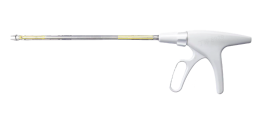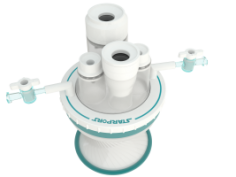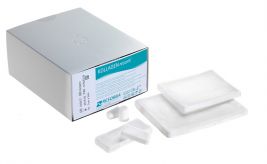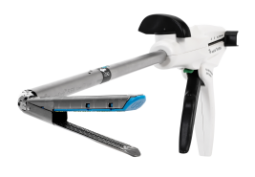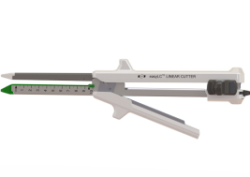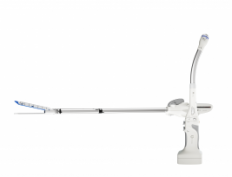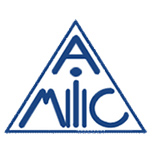General/Visceral surgery
General surgery
In general/visceral surgery today, minimal invasive techniques are frequently used – for the most part as standard, including in cholecystectomy, the treatment of hernias, appendectomy, hemicolectomy. The application of these techniques is also strongly gaining ground in liver and pancreas surgery. The benefits are: reduction of trauma and the avoidance of pain following the operation (short hospital stay) as well as a significantly improved cosmetic result (no more large scarring). The operations are for the most part technically more demanding and have to be carried out by a trained team.
Reduced port surgery
The continuing development of minimal invasive techniques has led to the further reduction and minification of incisions. This enables an even better cosmetic result and a further reduction of postoperative pain to be achieved. In practice, the reduction of trocars usually ensues on a step-by-step basis. However, it is not always possible to complete an operation using the reduced port technique – in some cases, due to the circumstances and for reasons of safety, it is necessary during the operation to add another trocar or even revert to open surgery.
Single incision laparoscopy
The "supreme discipline" amongst minimal invasive techniques is used by experienced surgeons. Here access to the abdomen is achieved via the navel – the incision is thus hidden in the navel and is no longer visible after the operation. Extensive training on models under the guidance of experts is necessary for this technique. Austria is regarded a pioneer in SIL techniques in this regard.
Conventional open surgery
Although the technological development and the increase in experience in practice has resulted in the clear growth of minimal invasive surgery in recent years, a large number of surgical procedures are still performed using conventional open surgery with a large abdominal incision, because the framework conditions (indication, the patient's constitution, pre-operations, etc.) do not allow for minimal invasive procedures
